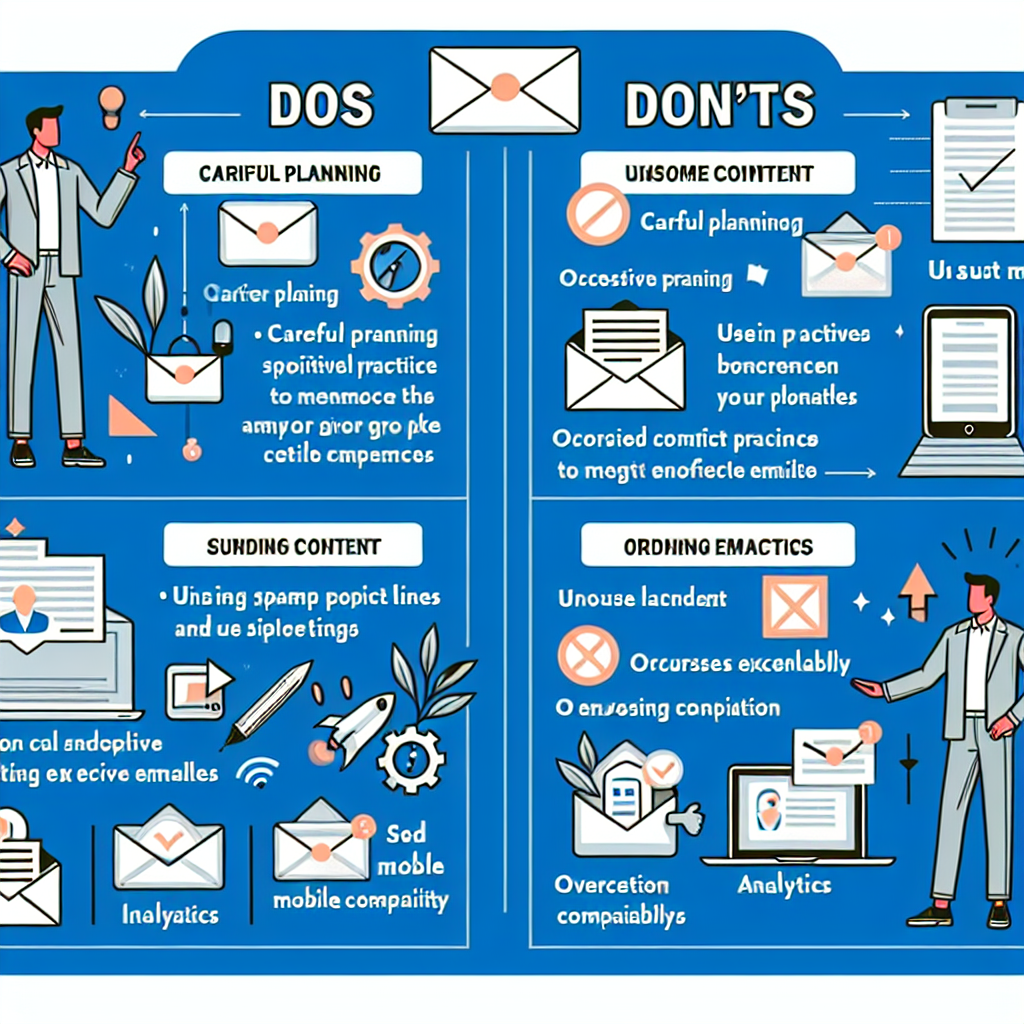How to Nurture Leads with Email Marketing
In today’s digital age, email marketing remains one of the most effective ways to nurture leads and turn prospects into loyal customers. According to Statista, the global email marketing revenue is projected to grow to $17.9 billion by 2027. This statistic alone highlights the power and potential of email marketing. But how do you effectively nurture leads with email marketing? This comprehensive guide will walk you through the strategies, tips, and best practices to ensure your email marketing efforts are successful.
Understanding Lead Nurturing
Lead nurturing is the process of building relationships with potential customers at every stage of the sales funnel. The goal is to provide valuable information and engage prospects until they are ready to make a purchase. Email marketing plays a crucial role in this process, as it allows businesses to communicate directly with their audience.
Why Email Marketing?
Email marketing is effective for lead nurturing because of its direct and personal nature. According to a study by HubSpot, email generates $38 for every $1 spent, which is a 3,800% ROI. This makes it an incredibly cost-effective method for nurturing leads. Additionally, email marketing allows you to segment your audience and tailor your messages to meet their specific needs and interests.
Steps to Nurture Leads with Email Marketing
1. Segment Your Email List
Segmentation is the foundation of effective email marketing. By dividing your email list into segments based on demographics, behavior, or interests, you can send more targeted and relevant messages. According to Mailchimp, segmented email campaigns have a 14.31% higher open rate and a 100.95% higher click-through rate than non-segmented campaigns.
Actionable Tip: Use data from your CRM and email marketing platform to create segments. Common segments include new subscribers, inactive subscribers, and customers who have made a purchase in the last 30 days.
2. Personalize Your Emails
Personalization goes beyond just including the recipient’s name in the email. It involves tailoring the content based on the recipient’s preferences, behavior, and past interactions with your brand. Personalized emails deliver 6 times higher transaction rates, according to Experian.
Actionable Tip: Use dynamic content blocks to personalize different sections of your email based on the recipient’s data. For example, you can show different products to different segments based on their browsing history.
3. Create Valuable Content
Content is king, even in email marketing. Providing valuable and relevant content helps build trust and keeps your audience engaged. This can include blog posts, case studies, whitepapers, and how-to guides. According to Content Marketing Institute, 47% of B2B buyers consume 3-5 pieces of content before engaging with a sales rep.
Actionable Tip: Create a content calendar to plan and organize your email campaigns. Make sure to include a mix of educational, promotional, and entertaining content to keep your audience interested.
4. Automate Your Email Campaigns
Email automation allows you to send timely and relevant messages to your audience without manual intervention. Automated emails can achieve a 320% better revenue per email than non-automated emails, according to DMA. Automation can include welcome emails, drip campaigns, and re-engagement emails.
Actionable Tip: Use an email marketing platform that offers automation features. Set up triggered emails based on user actions, such as signing up for a newsletter or abandoning a cart.
5. Analyze and Optimize
To ensure the success of your email marketing campaigns, it’s essential to analyze your performance and make data-driven decisions. Key metrics to track include open rates, click-through rates, conversion rates, and unsubscribe rates. Regularly reviewing these metrics will help you identify areas for improvement.
Actionable Tip: A/B test different elements of your emails, such as subject lines, content, and call-to-action buttons. This will help you understand what resonates best with your audience and optimize your campaigns accordingly.
Conclusion
Email marketing is a powerful tool for nurturing leads and driving conversions. By segmenting your email list, personalizing your emails, creating valuable content, automating your campaigns, and analyzing your performance, you can build strong relationships with your prospects and guide them through the sales funnel. Start implementing these strategies today to see the benefits of effective email lead nurturing.
Remember, the key to successful email marketing is consistency and continuous improvement. Keep experimenting, learning, and optimizing your campaigns to achieve the best results.


